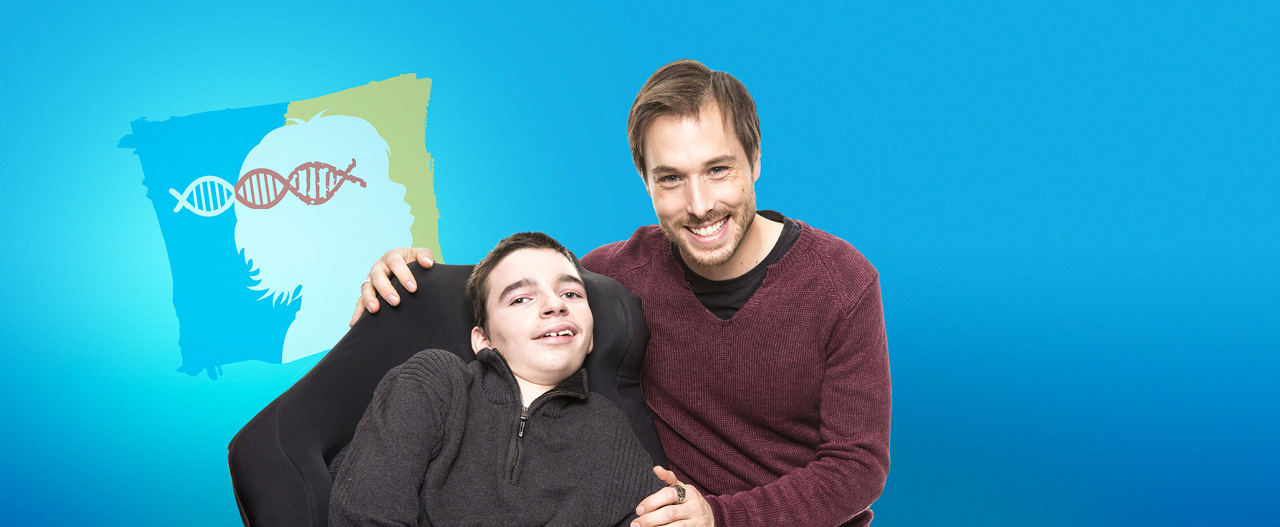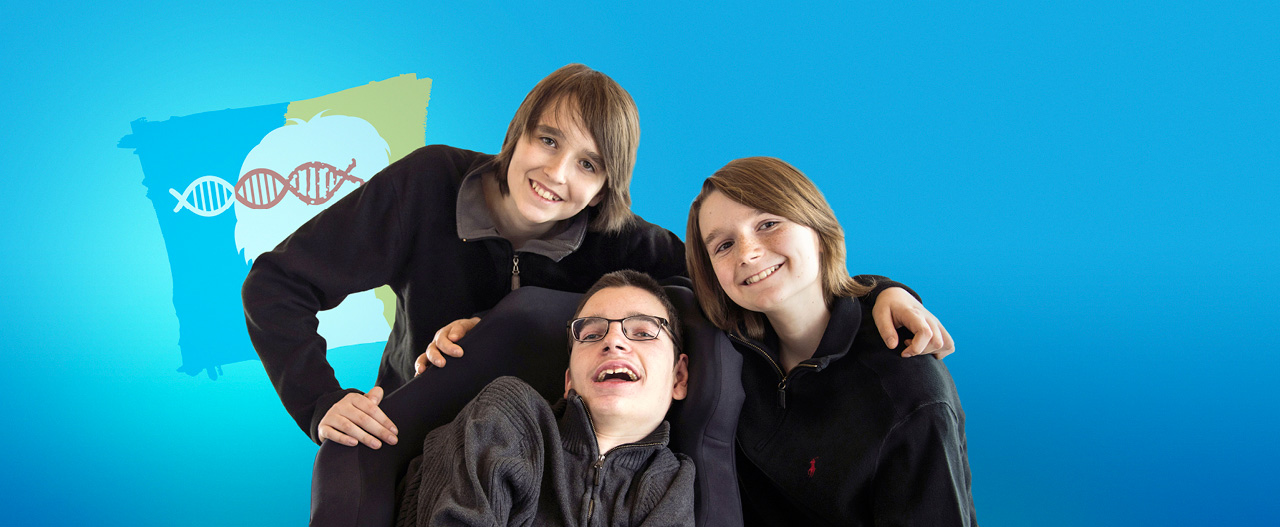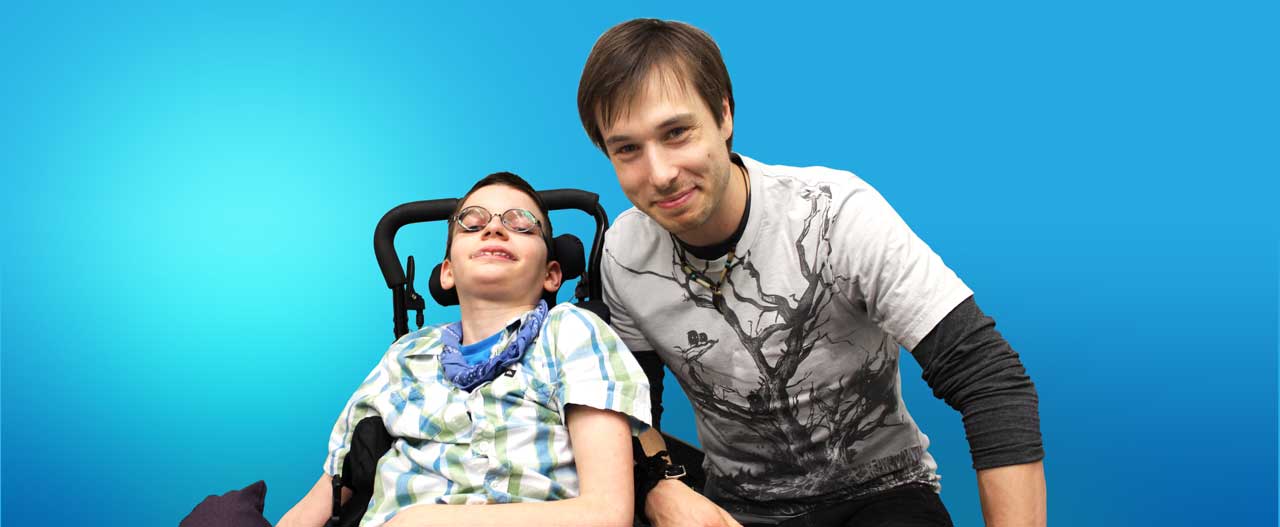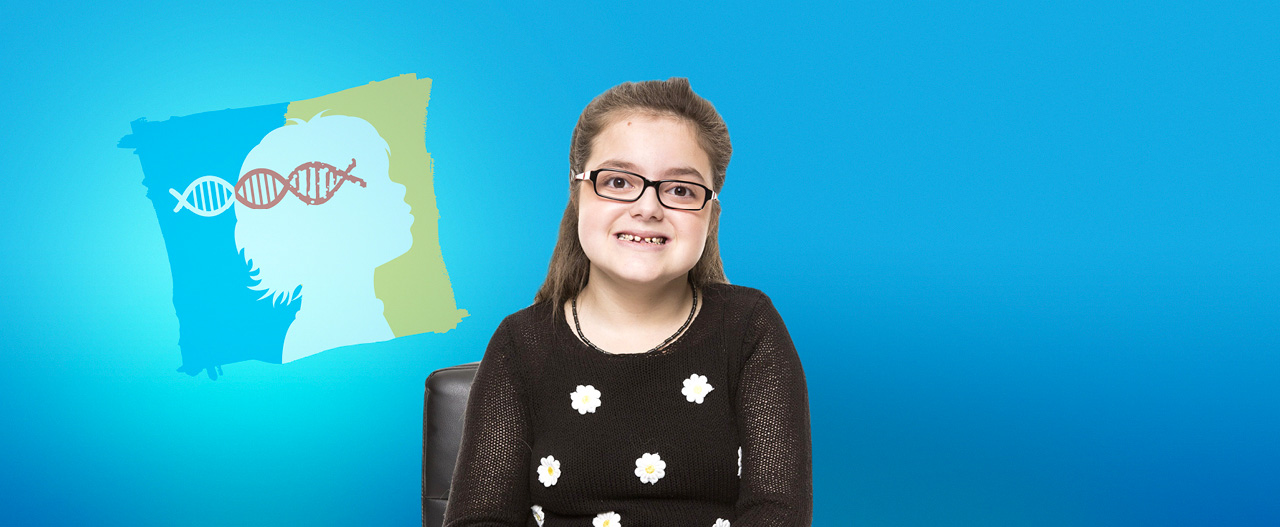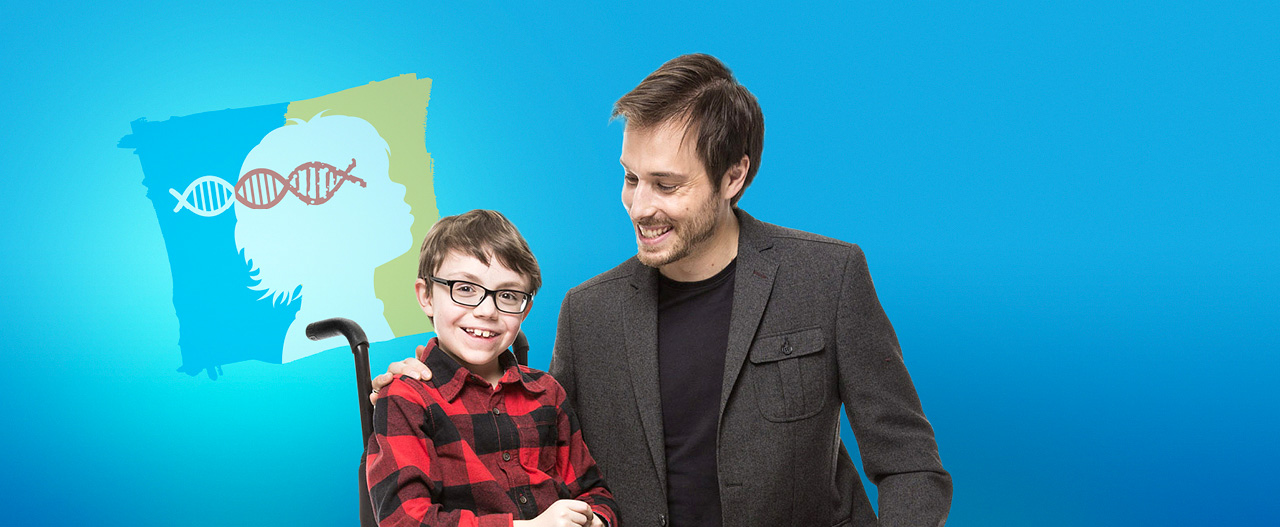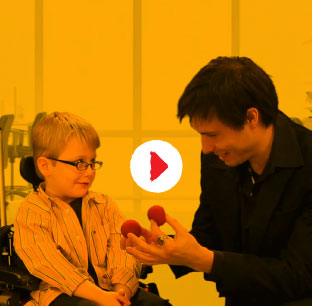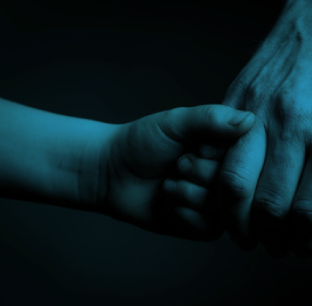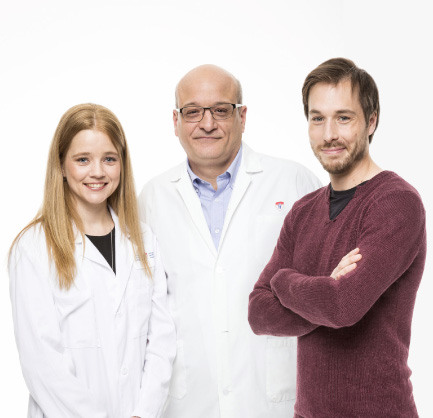 “We know that medical research requires significant resources. It takes a lot of means to begin a research protocol, conduct pre-clinical trials, and to find cures. But it’s only at a price that we will be able to save the lives of children with Leukodystrophy.” - Luc Langevin, the Foundation’s spokesperson.
“We know that medical research requires significant resources. It takes a lot of means to begin a research protocol, conduct pre-clinical trials, and to find cures. But it’s only at a price that we will be able to save the lives of children with Leukodystrophy.” - Luc Langevin, the Foundation’s spokesperson.
Loved by both the young and general audiences, illusionist Luc Langevin joined the Foundation’s team in 2012. His interest in science, his gentle kindness, and his involvement in the organization make him a magical and engaged spokesperson.
Research
The Foundation benefits from the expertise of many researchers who are interested in Leukodystrophies. Today, three suspect genes have been identified and the work continues with a larger team, which now includes seven exceptional researchers. Important partnerships have also been formed in Ottawa, Ontario, and a Leukodystrophy research program was developed with the support of Génome Québec, which agreed to share its scientific network to help the Leukodystrophy Foundation.
Our Research Over the Years
- 2006 : Foundation created by Éric Tailleur and Marjolaine Verville
- 2008 : Funding for the first clinical and genetic research on Quebec children with Leukodystrophy. Dr. Bernard Brais’ laboratory researches the new genes responsible for unknown types of the disease.
- 2010 : Description of a new type of Leukodystrophy in Quebec patients.
- 2010 : Dr. Genevieve Bernard creates the first specialized Leukodystrophy Clinic for children at The Montreal Children’s Hospital.
- 2011 : Drs. Bernard Brais, Roberta La Piana and Donatella Tampieri create the first specialized clinic and the interdisciplinary group on Adult Leukodystrophies at the Montreal Neurological Institute
- 2011 : Dr. Bernard Brais and Dr. Geneviève Bernard’s teams discover the POLR3A and POLR3B genes responsible for new type of Leukodystrophy
- 2014 : Publication of the largest international collaborative study on Leukodystrophy linked to POLR3, also called 4H syndrome, under the direction of Dr. Geneviève Bernard and Dr. Nicole Wolf from Amsterdam.
- 2015 : Publication of a third gene, POLR1C, which causes Leukodystrophy linked to POLR3 or 4H by Dr. Benoît Coulombe, Dr. Jacques Archambault and Dr. Geneviève Bernard’s the teams
- 2016 :
- 7 researchers with grants
- 2 new research projects
- New mice for laboratory testing
- CRISPR Gene Therapy
- Corrected assembly
- Promising substances
Our Researchers
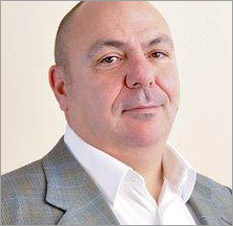
Dr. Benoît Coulombe
IRCM Research Professor and Director of the Research Unit in Translational Proteomics

Dr. Alex Mackenzie
Paediatrics Professor
Faculty of Medicine, Researcher, Research Institute of the Children’s Hospital of Eastern Ontario
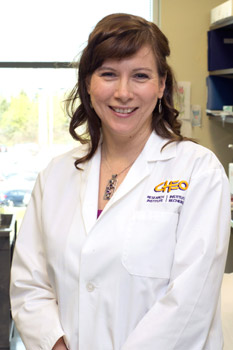
Dr. Kym Boycott
Associate Professor
Faculty of Medicine, Researcher, Research Institute of the Children’s Hospital of Eastern Ontario
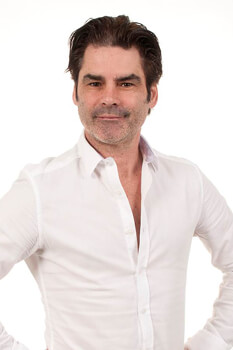
Dr. Serge Rivest
Director of the University Hospital Research Centre (CHU)
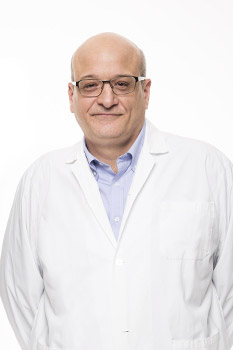
Dr. Bernard Brais
Neurogeneticist
Researcher at the Montreal Neurological Institute, McGill University
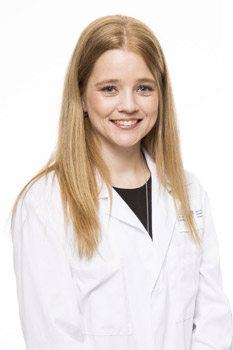
Dr. Geneviève Bernard
Neuropaediatrician
The Montreal Children’s Hospital, McGill University Health Centre
Grants
To benefit from the Foundation’s financial support, all researchers or students interested in Leukodystrophies must complete a grant application form.
Our scientific partners
- CARE for RARE
- CHUL (Centre hospitalier de l'Université Laval)
- CHUM (Centre hospitalier de l’Université de Montréal) et Centre de recherche à l’Hôpital Notre-Dame
- CUSM (Centre Université Santé McGill)
- IRCM (Institut de recherche clinique de Montréal)
- IRDPQ (Institut de réadaptation en déficience physique du Québec)
- Génome Québec


